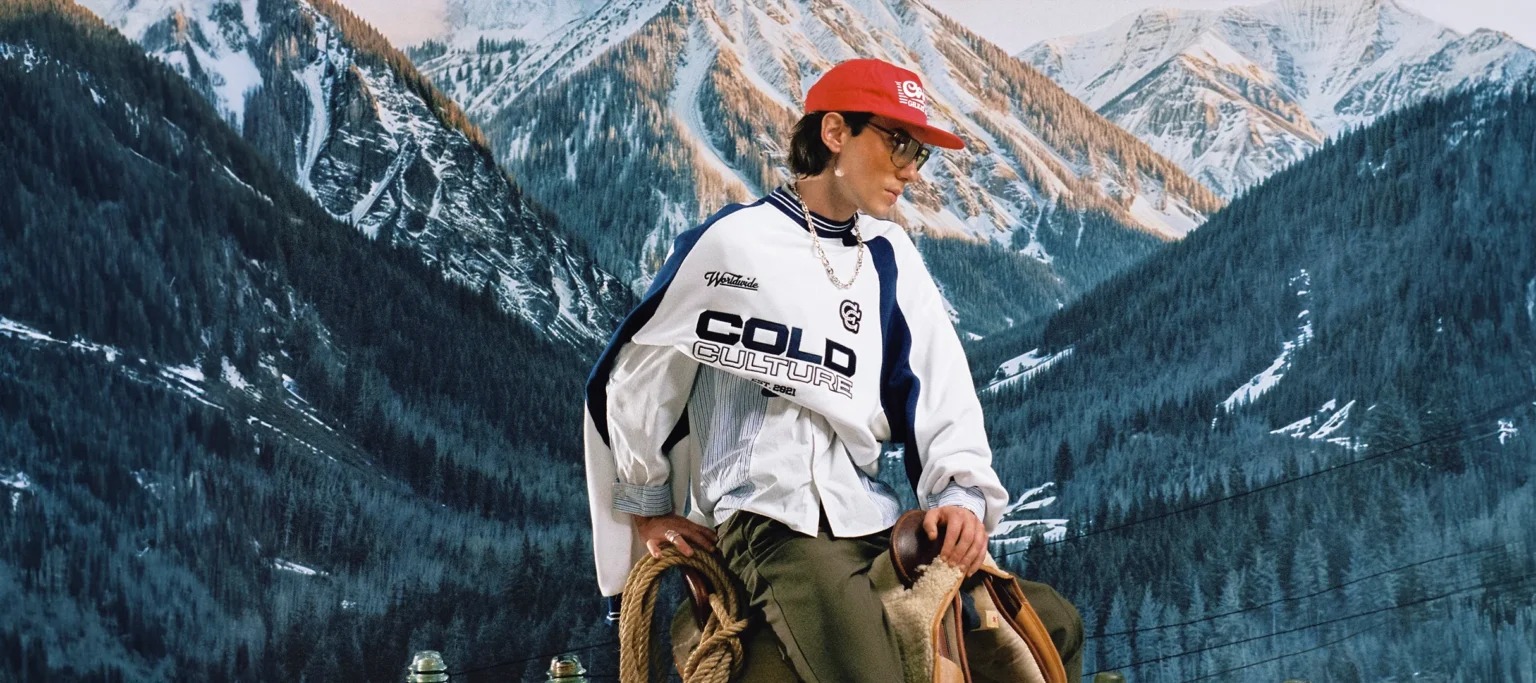Cold culture fashion is more than just a style—it’s a community. With its roots in self-expression and resistance to mainstream norms, it’s no wonder this subculture has resonated with so many. Whether you’re scrolling through your favorite influencers’ profiles or walking the streets of major cities, you’ve likely witnessed elements of it making their mark.
But where did it all begin? And how did it evolve into the powerful movement we see today? This blog will take you on a deep exploration of cold culture fashion, highlighting its origins, evolution, and what the future holds.
The Origins of Cold Culture Fashion
It didn’t materialize out of thin air—it’s the product of numerous influences and movements.
Inspired by Subcultures
The early days of cold culture fashion were heavily inspired by subcultures like grunge, hip-hop, and streetwear. These movements rejected traditional norms and offered an outlet for self-expression. Grunge brought disheveled looks like flannels, oversized sweaters, and ripped denim. Meanwhile, hip-hop influenced a wave of bold sneakers, baggy fits, and statement accessories.
These foundational elements mixed and melded into what we now call it. The focus was on creating functional, effortless outfits that not only kept you warm but also reflected your personality and resilience.
Key Features of Cold Culture Fashion
What defines it? There are certain unmistakable elements that tie this stylistic approach together.
- Oversized Silhouettes: From bulky jackets to slouchy pants, loose fits are central to the aesthetic.
- Layering, Mastered: Think turtlenecks under sweatshirts, topped with longline coats—layers are essential for braving the chill.
- Muted and Earthy Tones: This style often embraces neutral color palettes like greys, blacks, beiges, and olive greens.
- Texture Play: Combining elements such as wool, corduroy, fleece, and denim bring warmth to both touch and sight.
These elements are more than fashion statements—they’re survival tools for cold climates, elevated into an art form.
The Evolution of Cold Culture Fashion
What was once a fringe style driven by small communities has now become a key player in the global fashion scene.
Trends Over the Years
Over recent decades, it has embraced changes, welcoming new materials and perspectives as the world itself evolved. While staying true to its fundamental elements—oversized shapes and heavy layering—it has incorporated modern twists like techwear-inspired waterproof gear and sleek, minimalistic designs.
The rise of streetwear brands like Supreme and Fear of God has seen it blend with luxury, resulting in highly sought-after designer puffer jackets and limited-edition pieces. For example, collaborations between streetwear labels and high-fashion houses like Louis Vuitton have propelled the style into the mainstream.
Athleisure, too, has played a part. Today, it’s perfectly normal to see technical puffers from brands like The North Face paired with joggers and sneakers.
The Role of Technology and Social Media
Social media platforms like Instagram, Pinterest, and TikTok have amplified it, turning it into a global phenomenon. Content creators and influencers showcase how they brave the frost while staying fashionable, bringing cold-weather fashion into the spotlight year-round.
E-commerce has also made it easier for people to access these styles no matter where they live. Fast shipping and trend discovery have allowed cold culture fashion to spread far beyond regions accustomed to chilling temperatures.
The Global Impact of Cold Culture Fashion
Perhaps what’s most fascinating is how it has transcended clothing—it’s a lifestyle.
Beyond Fashion
You’ll often find it aesthetics spilling into music, art, and day-to-day habits. Musicians who wear the style—like Billie Eilish donning oversized hoodies—is just one example of how it influences art. Cold culture films and photo shoots craft entire worlds by marrying the visual and atmospheric elements of the style.
Some may even argue that the act of sipping a hot latte on a winter morning while wrapped in a trench coat has become its own cultural “mood.” It’s as much about the feeling as it is the look.
Regional Interpretations
While cold culture fashion began as a response to specific climates, it has been reinterpreted across the globe.
- Japan took elements of the style and added sleek silhouettes, creating minimalist looks seen in brands like Uniqlo.
- Scandinavia embraced sustainable, high-quality cold-weather garments, leading to functional and stylish pieces by brands like Fjällräven.
- The US took a streetwear approach, combining cold culture elements with pop culture, as seen in collaborations like Supreme x Canada Goose.
Each region has brought its unique flair to the cold culture, proving its remarkable flexibility and universal appeal.
The Future of Cold Culture Fashion
Cold culture fashion is far from frozen in time. Here’s what’s coming next.
Emerging Trends
Expect even more blending of utility and style as cold culture fashion intersects with techwear and futuristic aesthetics. Trends like modular jackets, built for all weather conditions, are on the rise.
Functional accessories, such as small utility pouches or heated gloves, are emerging as practical yet stylish statements.
The trend toward genderless fashion also aligns with cold culture principles of oversized fits and neutral palettes, making this a space to watch for continued growth.
Sustainability Leads the Way
The future of cold culture fashion lies in sustainability. The demand for eco-friendly, slow-fashion brands is growing, and cold culture is no exception. Initiatives like recycled down jackets and biodegradable materials are setting a new standard. Brands like Patagonia are already champions of eco-conscious cold-weather fashion, inspiring others to follow suit.
Stay Warm, Stay Bold
Cold culture fashion shows us how style can arise not just from a need for warmth, but from a desire for self-expression and connection. It’s a trend, lifestyle, and art form all rolled into one.
From its early subcultural origins to its widespread global influence, it has evolved into something remarkably powerful. Better still, its future looks brighter than a crisp clear winter morning.
What’s your favorite element of its style? Share your thoughts in the comments below—or better yet, discover how our curated collections embody the best of this subculture.
